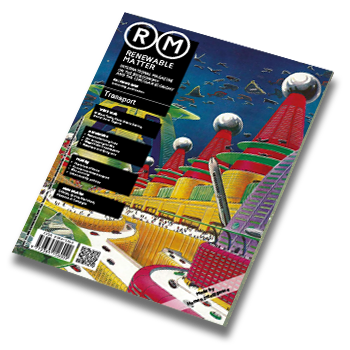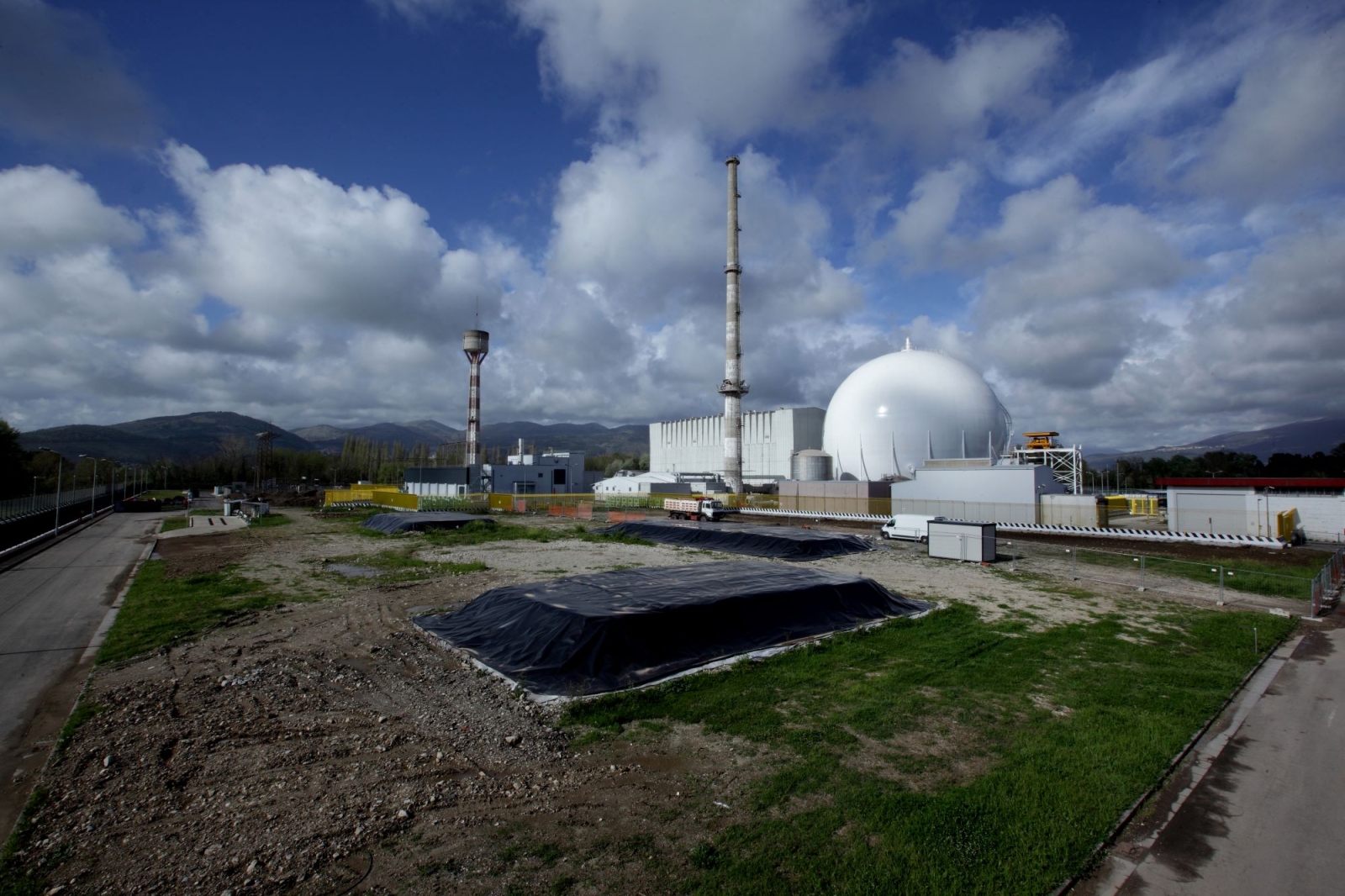Italy is giving atomic energy another try. Over 35 years after the historic popular referendum that in 1987 decreed the end of the Peninsula's brief nuclear season, it seems the time has come for a new attempt.
And so Minister Gilberto Pichetto Fratin, who has been insisting on a return to nuclear power for some time, chaired the first meeting of the newly formed National Platform for a Sustainable Nuclear Power (PNNS) in Rome on September 21. A discussion table extended to public institutional actors, the research and business worlds, which will be tasked with coordinating and boosting the development of cutting-edge technologies for next-generation reactors and decommissioning, as well as experimentation in the field of nuclear fusion.
The biggest challenge will be to demonstrate that the concept of “sustainable nuclear power” is not an oxymoron.
Which nuclear power?
Return to nuclear power for the sake of decarbonization and energy security: this is somewhat the mantra that, not only in Italy, has been accompanying the resurgence of the atom in recent times. Indeed, in the official communication issued by MASE (Ministry of Environment and Energy Security) regarding the new Platform, reference is made to the update of the PNIEC, the National Energy and Climate Plan, which aims to achieve mitigation goals “through diversification of sources and integration of the different technological solutions available.” Like nuclear power, indeed.
But which nuclear power? “It is clearly not a question of proposing the use in Italy of large-scale third-generation power plants, but of evaluating the new safe technologies of innovative nuclear power,” Minister Pichetto Fratin clarified.
Who's on the Platform for a Sustainable Nuclear Power?
Safe, innovative and sustainable are thus the keywords that should make any revival of nuclear power in Italy easier to swallow. What's more, the Platform desired by the Ministry of the Environment and Energy Security will have the task of bringing together all the forces operating in the sector today to give substance to these three adjectives: universities, research centers, scientific associations, public entities working in nuclear safety and decommissioning, and companies in the energy, plant engineering and medical applications sectors.
Coordinated by the Ministry with the support of Enea and Rse (the Electricity System Research program), the platform will be divided into thematic working groups that will address all aspects – technological, logistical, social – necessary for what, in practice, would like to be a reconstruction of the Italian nuclear industry.
Knots to be solved
While it is true that energy from the atom can be considered “clean” from the standpoint of carbon emissions, there are more than a few downsides.
There would be essentially only three knots to unravel, but they are big ones: safety, waste and cost. To which must be added the question of technology development timelines, which are too long for an increasingly urgent energy transition, and the problem of social acceptability.
The state of nuclear power research in Italy
International research on nuclear power has been focusing on the three main issues in recent years: safety, waste, cost. And although one might think that Italy, given the taboo on the issue, would have fallen behind, Enea's projects in the making prove otherwise.
In fact, at the request of Renewable Matter, the agency's communications office has provided us with a lengthy overview of current research, ranging from fusion experiments to Generation IV reactors to mini-modular reactors.
The nuclear fusion
Starting with the most avant-garde sector: “Enea,” the communications office writes, “boasts a decades-long tradition in the field of fusion with more than 50 patents registered in the past 20 years; coordinates the Italian fusion research program; and participates in the worldwide ITER and Broader Approach projects.” The race for nuclear fusion is also moving large amounts of capital in Italy: “in the field of fusion,” we are informed by Enea, “to date, Italian companies have won more than 1.8 billion euros in orders” as part of the ITER project, which involves the world's seven major economic powers (the European Union, China, India, Japan, Korea, Russia and the United States) in the construction of an experimental demonstration reactor in France that has raised investments of 20 billion euros.
Generation IV reactors
But while fusion still seems like a pipe dream, the most interesting research for practical purposes is on Generation IV or Lead-cooled Fast Reactor (LFR) reactors, on which Enea (as indeed many others around the world) has been working for two decades. The difference from Generation I, II (about 90 percent of those currently in operation worldwide) and III reactors is the cooling method, which becomes the discriminating factor from a safety standpoint.
The refrigeration system of LFRs, as explained by Enea, “uses lead instead of water; in this way, thanks to the physical characteristics of lead, it is possible to guarantee the presence of the coolant in any accidental condition and ensure a sustainable, safe, reliable, proliferation-resistant civilian nuclear power” (i.e., the risk of “misuse” for the development of atomic weapons).
And there is more. Moving forward with liquid metal research and core design, this type of reactor would allow “closure of the fuel cycle, ensuring complete recycling of plutonium and minor actinides, which are responsible for radiotoxicity in radioactive waste.”
A circular and safe nuclear power, in short: a goal, however, achievable in no less than 20–25 years, Enea points out. Too many to be really useful in the energy transition.
Small modular reactors
Instead, the ready-made nuclear solution already useful in the next few years for decarbonization purposes, Enea's prospectus says, could be small modular reactors: the Small Modular Reactor (SMR) and the Advanced Modular Reactor (AMR).
The former are practically nothing more than mini Generation III power plants, whose small size combined with modularity would allow them to cut costs considerably. However, the big problem of long-lived nuclear waste remains.
AMR reactors, on the other hand, would be cooled with liquid metal, which would allow natural uranium to be used as fuel and minimize waste production. At this moment, Enea, with other industrial partners, is participating in the design of two AMRs in France and the United Kingdom together with the startup newcleo: the particular feature of these plants will be (at least in the intentions) the possibility of using radioactive waste already produced in the past as fuel, thus coming to a perfect closure of the cycle.
A roadmap for Italian nuclear power
For Enea, in conclusion, there is no doubt that new technologies in the field of nuclear fission can make a “decisive contribution to decarbonization.”
Therefore, the Platform launched by MASE follows this line, with the objective, in a very tight time frame (9 months) to develop “a roadmap, with a 2030 and 2050 horizon, to follow and coordinate the developments of new nuclear technologies in the medium and long term, evaluating in the medium term the possible spillovers in the Italian context, particularly in the field of SMRs and Generation IV reactors.”
The nimby syndrome
However, that leaves the final knot: the social acceptability of nuclear power. Probably taken lightly, it is actually a huge problem in Italy, and Sogin, the public company that has been in charge of dismantling decommissioned power plants for more than two decades, knows something about it. The construction of a National Repository for radioactive waste has become a never-ending story precisely because of the so-called nimby syndrome. Even the long public consultation convened by Sogin on the French example (where these things work!), in our country has produced a National Map of suitable areas for the possible construction of the Repository (the CNAI), which, however, has been at a standstill at the Ministry for more than a year awaiting approval. The main reason is, precisely, the continuous protests of the citizenry and municipalities: no one wants a nuclear waste repository on their territory, despite the fact that, paradoxically, someone already has waste close to home, and not stored with the same level of safety as would be the case in the new facility.
The question therefore arises as to how one plans to make this same citizenry accept the construction of one or more nuclear power plants, no matter how small, modular, sustainable or circular they may be.
This article in also available in Italian / Questo articolo è disponibile anche in italiano
Image: the former Garigliano power plant (ph Sogin)



